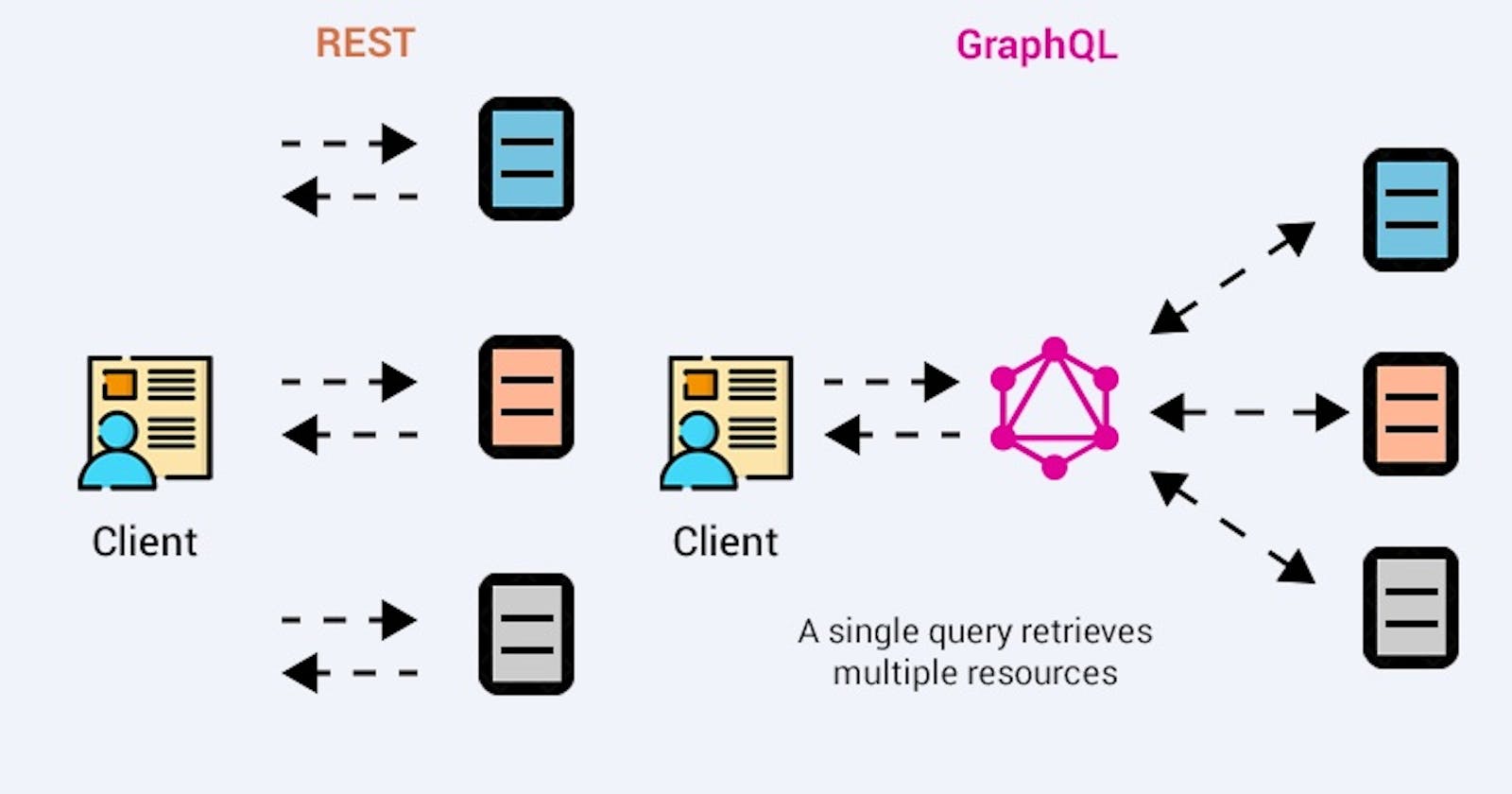Comparing REST and GraphQL: Choosing the Right API Approach
REST (Representational State Transfer) and GraphQL are two popular API architectural styles used for building web services and APIs. While both REST and GraphQL aim to enable client-server communication over the web, they differ in their approach to defining, querying, and manipulating data. In this article, we'll explore the key differences between REST and GraphQL to help you choose the right API approach for your project.
REST: Representational State Transfer
REST is an architectural style that emphasizes a stateless client-server communication model. It is based on a set of principles, including:
- Uniform Interface: Resources are identified by URIs (Uniform Resource Identifiers), and operations are performed using standard HTTP methods (GET, POST, PUT, DELETE).
- Stateless Communication: Each request from the client to the server must contain all the necessary information to fulfill the request, without relying on server-side state.
- Cacheability: Responses from the server can be cached to improve performance and scalability.
- Layered System: The client interacts with a series of intermediary layers (proxies, gateways, etc.), allowing for improved scalability and security.
REST APIs typically expose a set of endpoints, each representing a specific resource (e.g., /users, /posts). Clients can retrieve, create, update, or delete resources by making HTTP requests to these endpoints.
GraphQL: Query Language for APIs
GraphQL is a query language and runtime for APIs developed by Facebook. Unlike REST, which exposes a fixed set of endpoints, GraphQL enables clients to specify the shape and structure of the data they need using a flexible query language.
With GraphQL, clients can request exactly the data they need, avoiding over-fetching or under-fetching of data. Clients can send a single query to the server, specifying the fields and relationships they want to retrieve, and receive a JSON response containing the requested data.
GraphQL provides several advantages over REST, including:
- Efficiency: Clients can retrieve multiple related resources in a single request, reducing the number of round-trips to the server.
- Flexibility: Clients have fine-grained control over the shape and structure of the data they receive, enabling efficient data fetching and reducing bandwidth usage.
- Strongly Typed Schema: GraphQL APIs are defined by a strongly typed schema, providing clear documentation and enabling powerful tooling for developers.
Choosing the Right Approach
When deciding between REST and GraphQL for your project, consider the following factors:
- Data Complexity: If your data model is complex and involves multiple interrelated entities, GraphQL may provide a more efficient and flexible approach to data fetching.
- Client Requirements: If your clients have specific data-fetching requirements and need fine-grained control over the data they receive, GraphQL may be a better fit.
- Existing Infrastructure: If you already have a RESTful API in place and it meets your current needs, migrating to GraphQL may not be necessary unless you have specific use cases that GraphQL can address more effectively.
Ultimately, the choice between REST and GraphQL depends on your project's requirements, data model, and client needs. Both REST and GraphQL have their strengths and weaknesses, and the best approach will vary depending on the specific context of your project.
Conclusion
REST and GraphQL are two distinct approaches to building APIs, each with its own set of advantages and use cases. While REST provides a well-established and familiar approach to API design, GraphQL offers increased flexibility and efficiency for fetching and manipulating data. By understanding the differences between REST and GraphQL and evaluating your project's requirements, you can choose the right API approach to meet your needs and deliver a robust and efficient API for your clients.
